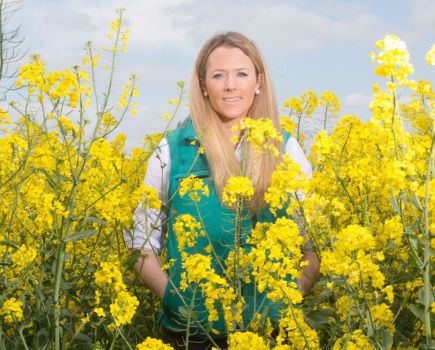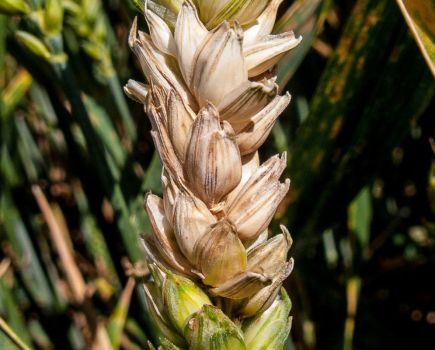Achieving the highest yielding variety of the year is a bit like topping the music charts of the plant breeding world, but what does it take to do this across four different crops? CPM takes a closer look at this year’s headline varieties.
“What breeders can achieve through genetics and breeding is only going to become more vital.”
By Melanie Jenkins
With the release of the 2024/25 AHDB Recommended List, Limagrain has taken its second clean sweep in a row with the top yielding varieties across wheat, barley and oilseed rape.
Additionally, with the publication of the British Society of Plant Breeders 2024 Forage Maize Descriptive List in September, the company has the highest yielding early maturing maize variety, but how has the breeder achieved this feat?
According to Limagrain’s Martin Titley, the starting point is significant investment. “We normally invest about 14-15% of our turnover into our plant breeding programmes across the UK and Europe and this gives us the resource to develop effective breeding programmes.
Further to this, the company has UK based breeding programmes for wheat, barley and OSR. “This ensures that the breeding work done in the UK means the programme produces varieties that are suited to the conditions farmers have to deal with here,” he explains.
“Our UK wheat varieties are bred at Woolpit, Bury St Edmunds in Suffolk, while barley and OSR are bred at Rothwell in Lincolnshire, and we feel that we might not have had the success we’ve had if these varieties hadn’t been bred here.”
Another element is the use of genetic markers in plant breeding, which is not limited to Limagrain, explains Martin. “It’s not just yield markers that have been identified, but others such as the yellow rust gene which provides strong resistance to the disease, plus orange wheat blossom midge (OWBM). And through genomic selection other traits such as lodging resistance, and varieties with higher specific weights, have also been identified.”
“In OSR we’ve identified turnip yellows virus (TuYV) and pod shatter resistant genes, both of which have been fundamental to helping improve yield, but especially the latter because it means the pods stay intact and retain seed longer.
Moving forward, genetic solutions will be a vital solution for helping farmers in the long term as the regulation of the current chemical use becomes more restrictive, highlights Martin. “What breeders can achieve through genetics and breeding is only going to become more vital and we’ll have to produce varieties that continue to bring improved resistance and higher yields to the table.”
This article was taken from the latest issue of CPM. Read the article in full here.
For more articles like this, subscribe here.
Sign up for Crop Production Magazine’s FREE e-newsletter here.




